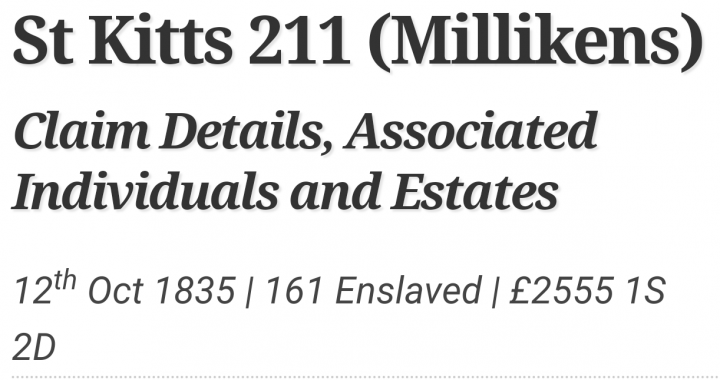Between the 1620s and 1807, British ships carried around six million Africans across the Atlantic, mostly to the Caribbean. Conditions there were so bad that many died. From a Scottish perspective, relatively few Africans were traded on ships from Scottish ports. However, it has recently become clear that Scots were heavily involved in another equally traumatic issue. This was the owning of large numbers of Africans on sugar plantations.
In Renfrewshire the leading landowners formed an elite group who dominated the major social and power positions in the county as MPs, Sheriffs, and Patrons of Parish Kirks. Some were among the earliest in Scotland to improve their lands. They drained, enclosed and fertilised their lands at a faster rate than the rest of Scotland. These innovations and improvements needed finance beyond the proceeds from rent and agriculture.
This raises a simple question. Did any of their money which improved the Renfrewshire landscape come directly from slave ownership? To date, their colonial connections have been shrouded in vague, celebratory language. For example, that they ‘spent time in the Indies’; that they married into their sugar fortune (and didn’t make it personally); and that they were career soldiers (not slave overseers or planters). When William Semple visited all Renfrewshire’s landowners in 1782 to compile his History of the Shire, he found that some were quite evasive about their origins.
The estate papers and private records of various landowners give snapshots of plantation involvement through the 18th century. In recent years, personal trips to the Caribbean by the writer have tracked down the full extent of plantation ownership by some of Renfrewshire’s landed elite. Now, a more comprehensive picture has emerged. In 1834, twenty-seven years after the abolition of slave trading, slave ownership was finally banned in the British Empire.
The British Government compensated planters for the loss of their slaves (the slaves received nothing). For the first time, Government records give us a full picture of Scotland’s slave ownership. The results are surprising. Although Scotland contained only10% of the British population, it received 15% of the slave compensation money. In Glasgow and the west of Scotland, landowners received more slave compensation than Liverpool.
In recent decades Scotland has become a much more multi-cultural society. Beyond history, we owe it to those with African heritage to be honest about past connections. Over the next few issues we will look at Renfrewshire landowners who were major slave owning families and received government compensation in 1834. We will find that landowners in almost every parish were involved. Further information on slavery compensation can be found at www.ucl.ac.uk
© 2019 Stuart Nisbet

